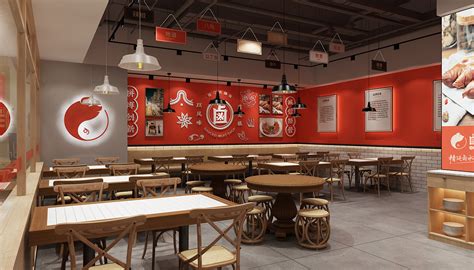食品类包括餐饮吗英文怎么说
Title: Understanding Food Categories: Does Food Include Dining?
In the realm of food, understanding its various categories is essential for effective communication and management. One common question that arises is whether "food" encompasses dining, particularly within the context of food industries and regulations. Let's delve into this query to gain a comprehensive understanding.
Defining Food
Food, in its broadest sense, refers to any substance consumed to provide nutritional support for the body. This encompasses a wide range of items, including fruits, vegetables, grains, meats, dairy products, and more. The primary purpose of food is to sustain life and promote health by providing essential nutrients.
Food Categories

Food can be categorized in various ways based on different criteria:
- Nutritional Content: Foods are often classified based on their nutritional composition, such as carbohydrates, proteins, fats, vitamins, and minerals.
- Food Groups: Foods are grouped based on similarities in nutritional properties, such as fruits, vegetables, grains, proteins, and dairy.
- Processing: Foods can be categorized based on their level of processing, ranging from minimally processed whole foods to highly processed convenience foods.
The Inclusion of Dining
When discussing food, the term "dining" typically refers to the act of consuming prepared meals in a restaurant, café, or other food service establishment. While food itself encompasses the raw ingredients and prepared dishes, dining specifically focuses on the experience of eating outside of one's home.
Food Industry Perspective
In the food industry, the term "food" generally encompasses both raw ingredients and prepared meals, including those served in dining establishments. Therefore, restaurants, cafes, and other food service businesses fall under the umbrella of the food industry.
Regulatory Considerations
From a regulatory standpoint, both food production and dining establishments are subject to various laws and regulations aimed at ensuring food safety, quality, and hygiene. These regulations govern everything from food handling and storage to sanitation standards in restaurants.
Guidance and Recommendations
For individuals and businesses operating within the food industry, it's crucial to understand the broader scope of "food" to encompass both raw ingredients and prepared meals, including dining experiences. This comprehensive understanding enables better compliance with regulations, effective communication, and informed decisionmaking.
In conclusion, while the term "food" primarily refers to substances consumed for nutrition, it also includes the dining experience within the broader context of the food industry. Recognizing this inclusion is vital for navigating the complexities of food regulation, management, and communication.
版权声明
本文仅代表作者观点,不代表百度立场。
本文系作者授权百度百家发表,未经许可,不得转载。












评论